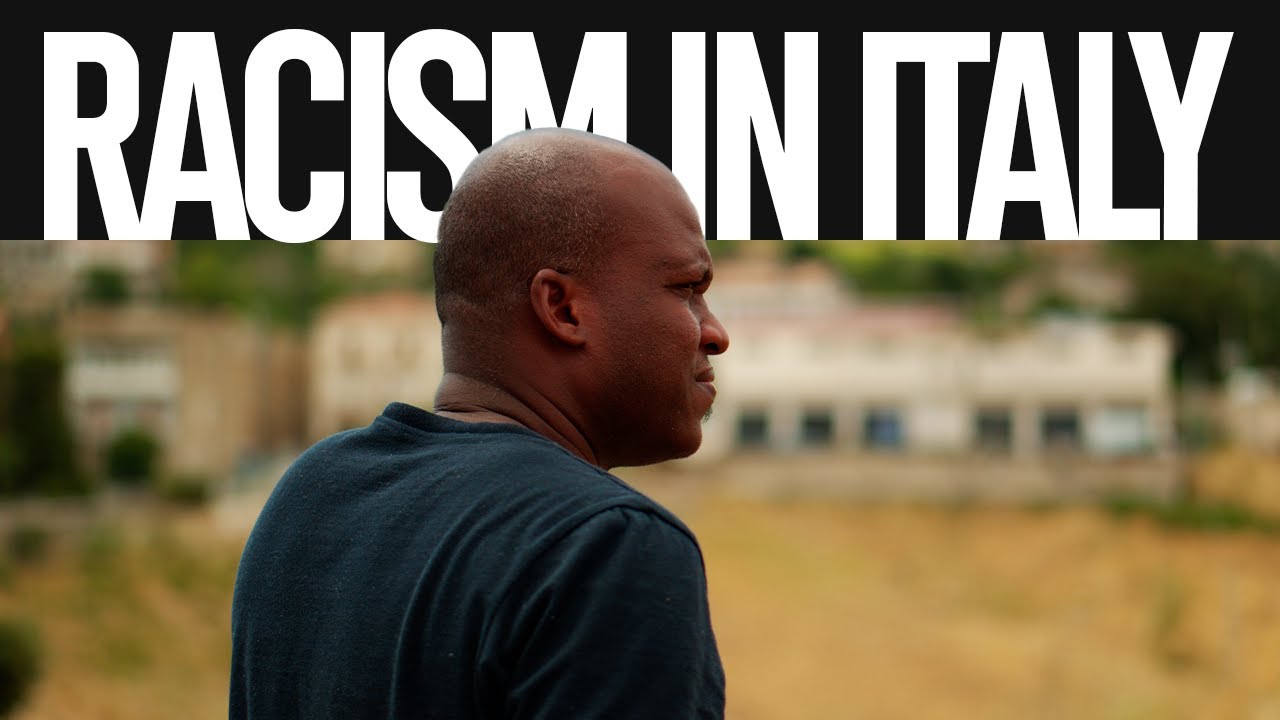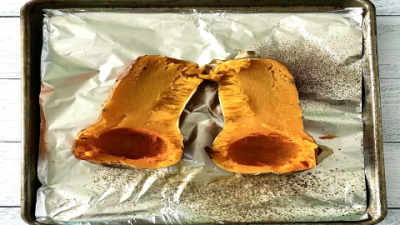Sicily — it’s this beautiful island sitting right in the middle of the Mediterranean, and honestly, it’s been a real melting pot for thousands of years. If you’ve ever wondered about the roots of Sicilians, you’re not alone. One question that pops up a lot is: do Sicilians have African in them? It’s a fascinating question because Sicily’s got this crazy, layered history with so many peoples weaving in and out over the centuries.
So, let’s dive in and unpack this a bit. What’s really behind the idea of African ancestry in Sicilians? And what does the latest science say about it? Spoiler alert: yes, there is some African influence, but it’s not the whole story. It’s a complex mix, and that’s what makes it so interesting.
For starters, Sicily’s location is kind of perfect — smack dab between Europe and Africa, kind of like a bridge. Over thousands of years, Greeks, Romans, Arabs, Normans, and others settled here, and in the mix, North African people too. Think about it: hundreds, even thousands, of years of trade, conquest, and migration. It’s no surprise Sicilian DNA shows signs of this journey.

When scientists looked closely at the genetics of Sicilians, they found something pretty cool: about 6% of their gene pool traces back to North Africa. Before you say "wow, that’s a lot," remember that the majority is still Southern European, around 60-65%, mainly from Italy and Greece. So, while it’s a minority, North African ancestry is definitely a real part of the Sicilian story.
Even more interesting, there’s this specific genetic marker often mentioned when people talk about African genes in Sicily — something called E3b1b-M81. This genetic signature is common among Berber groups in North Africa, and guess what? It shows up in Sicily too. That’s the kind of detail that tells us there really was movement across the Mediterranean, especially during times like the Phoenician era and later the Arab rule.
Speaking of history, the African influence isn’t just one event or one wave of migration. It’s been sprinkled across thousands of years, starting from the Phoenicians (who were seafarers from the eastern Mediterranean who had ties to North Africa) to the Moors, who controlled Sicily between the 9th and 11th centuries. So, what we see in Sicilian genes is this patchwork, a wonderful blend — not just black and white, or African and European, but a full colorful tapestry.
Now, if you picture a stereotypical Sicilian, you might imagine olive skin and dark hair, but even that’s a simplification. Sicilians come in all sorts of looks — olive tones, darker complexions, varied hair textures from straight to curly. It’s this physical diversity that matches the rich, diverse genetics.
If we were to point out some rough percentages of where Sicilians get their ancestry from, it might look something like this (keep in mind these are approximate):
-
About 60-65% Southern European (Italian & Greek)
-
Around 6% North African (mostly Berber and Arab)
-
Somewhere near 10-15% Near Eastern (think Levant, modern-day Middle East)
-
Around 10-15% Other Europeans (including Normans and later groups)
-
Less than 2% Sub-Saharan African, which is very limited overall

Of course, these numbers can shift depending on which part of Sicily you’re from, and families are different — some might have more, some less.
One question I get often is: is Sicilian African ancestry linked to Sub-Saharan Africa? And the answer is mostly no. The African genes here come mainly from North Africa — the Berbers and Arabs — who have a long historic presence along the Mediterranean. That’s quite different from Sub-Saharan Africa, although there are always exceptions in any genetic story.
I also want to stress that this African connection to Sicily isn’t the result of some dramatic population replacement. It’s more like a slow, steady trickle — small groups of people mixing over time, through trade, Arab rule, and the extensive Phoenician trading networks that linked Sicily to North Africa and beyond.
If you’re curious how Sicilians compare to mainland Italians, Sicily stands out for its blend. The island’s genetic diversity is greater because of its unique history and island geography, creating this fascinating intersection where Europe, Africa, and the Near East all meet.
You might wonder, can a simple DNA test tell you if you have African ancestry if you’re Sicilian? Generally, yes. Many commercial ancestry tests can detect those North African genetic markers, but keep in mind it's often a small percentage and sometimes hard to pinpoint the exact timeline or source without deep genealogical research.
Before wrapping up, here are a few quick FAQs to clear up common curiosities:
Are Sicilians mostly African?
No. Africans make up a minority of their ancestry. Sicilians are primarily Southern European but with an interesting North African genetic thread woven in.
Is the African ancestry mostly North African or Sub-Saharan?
Mostly North African — Berber and Arab groups. Sub-Saharan African ancestry is quite rare and usually comes from more recent movements.

How did African ancestry get into Sicily?
Through waves of migration and conquest — Phoenician traders, Arab Moorish rule, and other Mediterranean connections over thousands of years.
Does this mean Sicilians look African?
Physical traits vary widely. Some features may reflect North African ancestry, but Sicilians generally fit within the Mediterranean appearance spectrum, which is quite diverse itself.
Is Sicilian DNA very different from mainland Italian DNA?
Yes, especially in terms of Near Eastern and North African influences, which are higher in Sicily due to historical connectivity.
So, to sum it up, Sicilians absolutely have African in them — but in a very specific, historical, and nuanced way. It’s not about broad brushstrokes or stereotypes; it’s about a complex human story of migration, culture, and identity. Sicily’s DNA tells this story in a way that is anything but simple. It’s rich, fascinating, and a bit surprising — just like the island itself.



